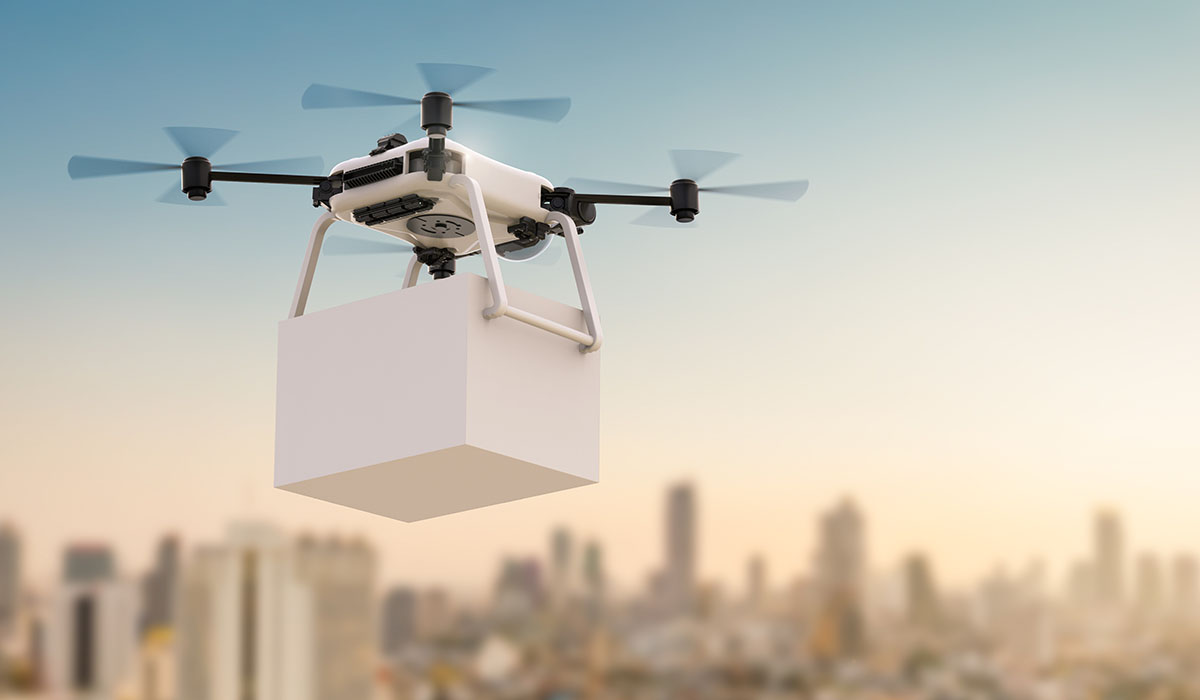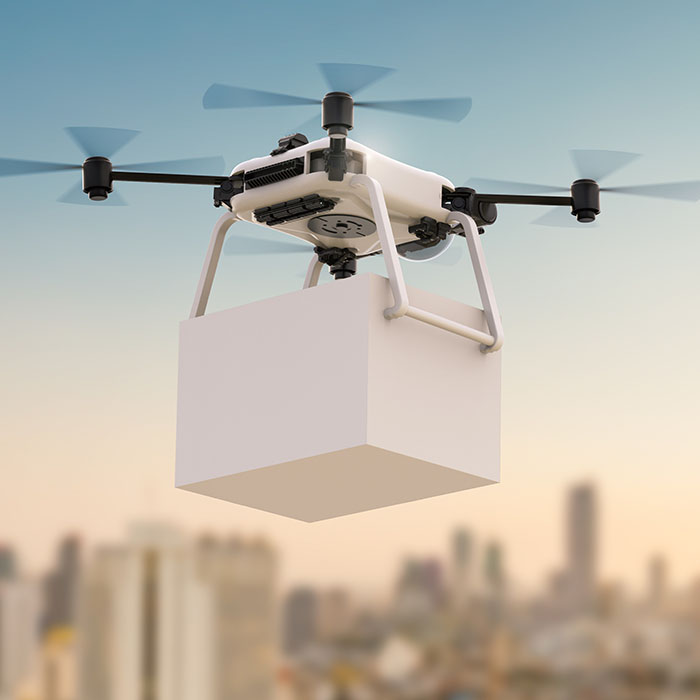July 6, 2020

(1) Online Identity Authentication Services
As digitalization moves forward in government administration and in companies, online identity authentication services are starting to spread. Until now, such services have been used for identity checks when opening bank accounts, for e-commerce payments, and the like. Now they are getting more inquiries about new usage methods, such as patient identity checks for online medical treatment, and non-face-to-face checks by recruitment companies on applicants for part-time jobs.
According to the survey company Markets and Markets, the global market for digital identity confirmation, including biometric authentication, will grow to USD30.5 billion by 2024, more than double the 2019 level. The Japanese government is minded to make the digitalization of society and administration a key task in future. That could be a major growth opportunity for startups with related technologies.
(2) “Live Commerce”: Live Streaming Sales
Chinese-style live commerce, which sells products through live online streaming broadcasts, is starting to stir in Japan too. Content is filmed in Japan and streamed live, to sell goods like cosmetics and daily essentials directly to consumers in China.
This is what Live Commerce feels like.
“Let’s go, everybody”! One afternoon in June, two Chinese women carrying selfie sticks stepped out of a condo apartment in Tokyo’s Shibuya district. The film they shot on their smart phones was relayed through the Chinese video posting app Kuaishou.
The pair strolled around Omotesando and Takeshita Street in Tokyo’s Harajuku district, which are trendy filming locations, for about an hour. Then, they went back to a temporary studio set up in a room of their condo, and spent about two hours pitching products like bug repellent and moisturizer. If viewers in China saw a product they liked, they could just press a shopping cart icon on the Kuaishou screen. They would then jump to a cross-border e-commerce site handling that product, where they can buy it immediately. This system achieved a virtual and simultaneous fusion of tourism and shopping in Japan. Live commerce has been spreading in China for about two years, and since this spring, it has taken root as an element of “nesting consumption” in the coronavirus crisis. The value of cross-border e-commerce from Japan to China is expected to reach USD20 billion in 2020.
Live commerce is expected to spread in future as a retail method for the “with coronavirus” age, in both directions between overseas countries and Japan. Live commerce looks set to become an important technique for businesses to get through the coronavirus crisis.
June 3, 2020

(1) A Stream of IT Services are Being Developed to Avoid “the 3 Cs” (Closed spaces, Crowded places, Close-contact settings)
Startups are developing IT-based services. They include services to tell customers how crowded the interior of a store is before they enter, or to stream video of store interiors, while taking care of personal information. The important point, other than preventing infection among customers, is to prevent it among the staff who support the stores.
◇ AWL (AI Development)
Cameras are used to count numbers of visitors and visualize the level of crowding. Other functions have been developed that use image recognition to analyze and indicate whether customers are wearing masks, and whether alcohol disinfectant is available in the store. More functions will be developed that link to entrance gates, to only allow people to enter if they have washed their hands and have normal body temperature.
◇ Earth Eyes (image analysis)
This service uses images of store interiors to analyze the level of crowding with store staff and customers. Consumers can check, from their homes, store interior images that are updated every five minutes. The figures of staff and visitors appearing in images are replaced by stick figures in images.
(2) Logistics Drones
Services using drones for purposes such as logistics are expected to grow. Air transport demand has dropped sharply due to the novel coronavirus, but ANA Holdings is working with Aeronext (Shibuya, Tokyo), a drone aircraft designer, to jointly develop logistical drones. It aims to use new drone types as a foothold to expand into broader business fields which will support their earnings.
It is developing small drones which can lift a maximum cargo weight of 25kg. It envisions producing a range of models with different flight ranges, cargo weight capacities, and landing precision levels, to suit diverse applications such as remote mountain areas and urban areas. Aeronext’s unique technology for keeping cargo horizontal at all times will be used to enhance transportation.
(3) “Touchless” is becoming the new standard
According to American media, the 32,000 employees at Toyota’s US factories are staying in a touchless environment. Yellow tape stuck to floors in factory interiors encourages employees to stay at least 1.8m apart. The giant US department store chain Macy’s has suspended makeup services for customers. Real customer service is stores’ biggest weapon for countering online sales, but they are obliged to relinquish that strength.
The financial industry has been seen as tough to operate with work from home, because its dealing rooms must be equipped with the latest IT terminals. Nevertheless, the UK financial giant Barclays is operating with only 20% of its 88,000 employees coming to work. CEO Jes Staley says “the idea of having 7,000 people work in one building might become a thing of the past”.
The Corona Crisis has become a trigger for noticing people’s needless movements. Companies must look for new manufacturing and sales methods that reflect coronavirus as a basic assumption. “Touchless” operation, which avoids contact between people, will be a step in that direction. Japanese companies have lagged behind in introducing measures such as cashless payments and telework, and they need new systems, technologies, and ideas if they are to adapt.
(4) Coronavirus-adapted robots

Patoro ™ autonomous security and disinfection robot, equipped with a motorized sprayer
Startups specializing in robots for tasks such as disinfection and home delivery are starting to expand production. High costs have been among the barriers to progress in deploying robots, but with the coronavirus-induced “contactless” needs, robots have entered an era of mass diffusion. Startups, with agility that large companies can’t match, lead the way in technological innovation, and have been working on cutting-edge technologies and services. If they can increase production volume, that will reduce costs and make advanced technologies such as autonomous operation more accessible.
The CarriRo logistics support robots from ZMP can board an elevator while carrying obento boxed meals, and move automatically to floors where patients in moderate condition are staying. They move to the designated location and then broadcast an intercom message so that such patients can come to pick up their boxed meals. After the meal, CarriRo takes the empty boxes back.
The same company’s Patoro is a compact autonomous security robot able to move automatically through patrols, spray disinfectant, and perform other functions without an operator.
And finally, with the resumption of economic activity after the full lifting of the state of emergency, companies in three themes are propelling a rebound in share prices. The categories are “digital transformation (DX)/ next-generation communications standards (5G)”, “health and medicine”, and “nesting consumption”.
May 18, 2020

(1) Hunch about a reigniting boom. Amid the coronavirus turmoil, now is the time to revive drive-in movies
A drive-in movie theater is a movie projection facility with a screen erected in a huge parking lot, so that people can watch movies while seated in their own cars. That viewing style boomed in the 1950s and ‘60s in its birthplace, the USA, becoming popular as leisure for young families with children, and with young people on dates. There are now almost none in Japan, since the Oiso Long Beach drive-in theater closed in 2010. But now, "Drive-in Theater 2020" (
Website) is scheduled to start operating at Oiso Long Beach from June 2020.
The greatest characteristics of this viewing style amid the coronavirus crisis is that it offers a highly safe movie theater experience. Ticketing and payment are now cashless, using smartphones, as a way to avoid contact. The experience of listening to movies at your preferred volume in your car, over FM radio, is expected to be at once retro and novel.
(2) Men are shifting from picking neckties to picking masks
People wearing masks has been an everyday sight in Japan before, and doesn’t feel strange to anyone. Masks are essential for hay fever sufferers and people with colds. In the West, the sight of masses of people in masks has been described as odd before, but now it is becoming normal. At the investiture ceremony for the new administration in Slovakia, the sight of the entire cabinet wearing masks was a fresh surprise.
It seems likely that in future there will be demand for fashionable masks, that people will pick out like neckties and scarves, not just wearing them to prevent infection. High-fashion masks made from the silk material of Japan’s traditional kimono, and the cotton of its yukata robes, are already being launched.

Photo: Kanako Design "Yukata Mask"













